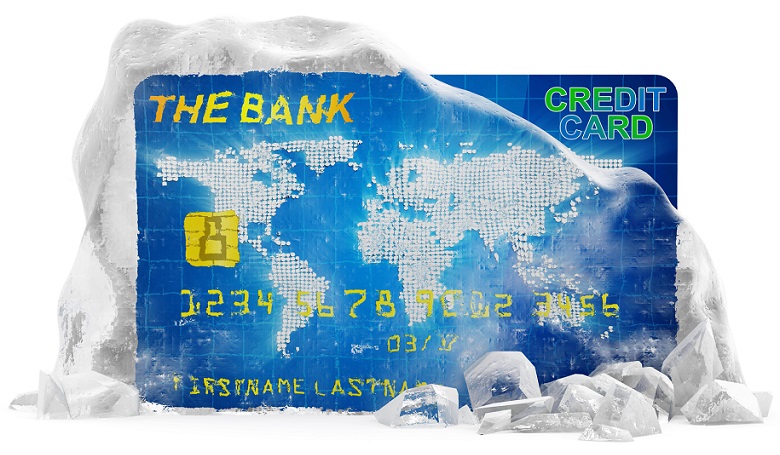
Identity theft accounted for $16.8 billion in losses in 2017 spread across 16.7 million victims, according to Javelin Strategy and Research. Were you one of the unfortunate 16.7 million?
Victim or not, it’s wise to consider freezing your credit to make it difficult for identity thieves to use your personal data – and now, you have several freezing methods available.
American Express recently joined several large financial institutions that allow you to temporarily freeze your credit and/or debit card for seven days with a simple click. With this variety of freeze, the card can’t be used for most new purchases. It can still be used for recurring bills, transactions through digital wallets, and some online purchases where your information has already been stored.
The freeze function acts as an on/off switch that gives you time to find a lost/stolen card and prevent fraudulent charges on your account – although you can turn the temporary freeze off and on as often as you like.
American Express is the latest in a list of major card issuers with a temporary freeze function, including Discover, Bank of America, Wells Fargo, Citi, USAA, and Capital One. Consumers like the ease and simplicity of the on/off switch. However, you should be careful with applying a freeze. Use only secure connections and don’t enter your account information or passwords in public areas where your information could be exposed. You want to be the only one who can freeze and unfreeze your credit.
Check each card style for the terms and conditions associated with the credit freeze option and choose the card that works best for your needs.
Card freezes are great for individual card protection – but how do you keep identity thieves from using your name to open new accounts? That’s where a freeze on your entire credit file comes into play.
By initiating a credit freeze with each one of the three major credit bureaus (Equifax, Experian, and TransUnion), you prevent anyone from accessing your credit information. Without that file, lenders can’t assess your risk and will not extend credit to you – or anyone claiming to be you.
You’ll have to thaw your account using a personal Identification number (PIN) when you want to open an account. After your new accounts are established, re-freeze your accounts to re-establish protection.
Each thaw and freeze must be performed with all three credit bureaus. Thanks to recent legislation, these freezes will be free of charge for all Americans starting on September 21, 2018 – but until then, there are still some charges associated with each freeze and thaw. Charges vary by state.
Freezing your credit file prevents you from opening new accounts in your name, but it doesn’t prevent fraudulent charges on your existing accounts.
Which type of credit freeze is right for you? Why choose just one?
The two varieties of credit freeze complement each other to provide the best protection possible. If identity thieves can’t open a new account in your name or place charges on your existing accounts, your information has little value to them. The fraudsters will move on to easier targets – and given the staggering number and size of security breaches over the last few years, plenty of easier targets are available. Conversely, you can use card freezes to protect individual accounts without affecting others.
You can breathe easier with credit freezes applied to your accounts, but don’t get too complacent. It’s wise to check your credit score regularly for any signs of fraud – or simple reporting errors that could drag down your credit score.
Stay vigilant with your credit monitoring – because no protection system is 100% effective.